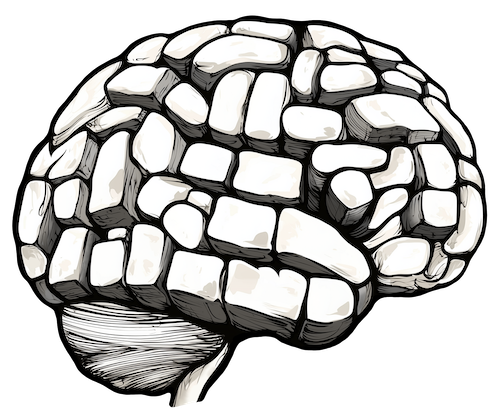WTF?
Introduction to the Framework
The purpose of this project is the construction of a complete and internally consistent system of beliefs (the FRAMEWORK).
Its aim is simple: to determine, with precision and without contradiction, the beliefs (and their foundations and corollaries) of a single mind — my own. No belief is to be accepted into the FRAMEWORK by mere inheritance. No assumption is to be preserved by inertia. Each principle must be examined, refined, and proven consistent with all others, or it is removed. The presence of contradiction is treated not as a curiosity, but as a structural failure.
The FRAMEWORK proceeds from the conviction that coherence is the minimum standard of truth. Nothing can be claimed as known if it conflicts with something else equally believed. Therefore, every belief must be tested—first in isolation, then in relation to the system as a whole. The goal is not accumulation but refinement. Beliefs are not collected; they are selected, shaped, and integrated.
Statements and Notes
The core units of the system are STATEMENTS: each a single, discrete sentence expressing either a claim of fact or a principle of action. These are divided into two kinds: #Claims, which assert what is; and #Instructions, which prescribe what ought to be done or avoided.
Every STATEMENT is supported by a corresponding NOTE—a compact, reasoned justification. These NOTES are written in a measured and rigorous style, but they are not essays, meditations, or personal reflections. Each is an argument: logically sound, unburdened by public consensus. Nothing is admitted that cannot be defended.
The process behind the creation of each NOTE is strict. Every candidate STATEMENT is first subjected to a rigorous interrogation. This includes identifying its assumptions, examining its dependencies, and testing it against edge cases. Only when this interrogation is complete is a STATEMENT considered fit for inclusion.
Before a NOTE is added, it is compared against all existing NOTES in the system. Any contradiction must be resolved before it may be admitted. If this cannot be done, the STATEMENT is rejected or revised. Consistency is non-negotiable.
The Glossary and Its Terms
Certain concepts appear repeatedly throughout the FRAMEWORK and carry philosophical or structural weight. These are defined formally as TERMS and stored in the GLOSSARY.
A TERM is not defined casually. Each undergoes the same interrogative process as a STATEMENT. It must be clear, necessary, and logically independent. Its definition must withstand scrutiny and resist ambiguity. If a TERM is later revised, every NOTE that relies on it must be re-evaluated for consistency.
This mechanism ensures that precision is maintained throughout the FRAMEWORK. No term is allowed to drift, and thus subtle mutations in meaning are stymied.
Method and Maintenance
The FRAMEWORK is designed to evolve—not merely by expansion, but by refinement. Nothing is added unless it serves the coherence of the whole.
Contradictions are identified and resolved. If resolution is not possible, offending entries are removed. Redundancies are eliminated unless clarity demands their retention. Each new principle must justify its place.
The FRAMEWORK is reviewed continuously. Revision is not considered failure but the method by which the system maintains its integrity.
Purpose and Audience
This is a private intellectual endeavour. It is published not for an audience, but for preservation.
No reader is sought. No approval requested. The FRAMEWORK exists to serve the mind that created it.
If you have found it, you are free to examine it. But do not expect to be addressed nor persuaded.
This was not written for you. It was written to bring order to thought—and to ensure that what is believed is, as far as possible, both true and defensible.
